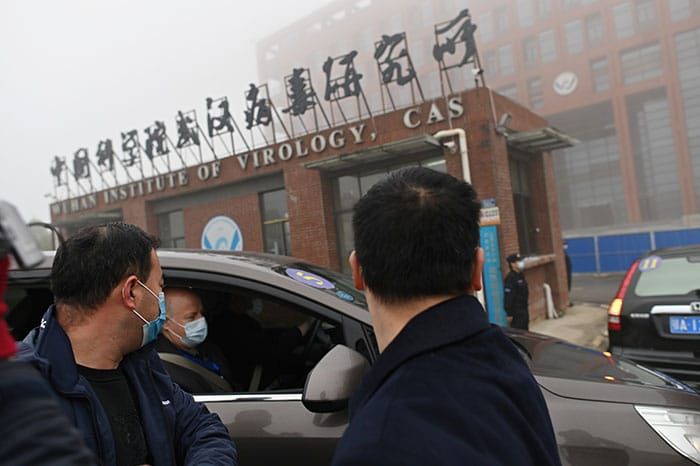Acknowledgements
The first person to take a serious look at the origins of the SARS2 virus was Yuri Deigin, a biotech entrepreneur in Russia and Canada. In a long and brilliant
essay, he dissected the molecular biology of the SARS2 virus and raised, without endorsing, the possibility that it had been manipulated. The essay, published on April 22, 2020, provided a roadmap for anyone seeking to understand the virus’s origins. Deigin packed so much information and analysis into his essay that some have doubted it could be the work of a single individual and suggested some intelligence agency must have authored it. But the essay is written with greater lightness and humor than I suspect are ever found in CIA or KGB reports, and I see no reason to doubt that Deigin is its very capable sole author.
In Deigin’s wake have followed several other skeptics of the virologists’ orthodoxy. Nikolai Petrovsky calculated how tightly the SARS2 virus binds to the ACE2 receptors of various species and found to his surprise that it seemed
optimized for the human receptor, leading him to infer the virus might have been generated in a laboratory. Alina Chan published a
paper showing that SARS2 from its first appearance was very well adapted to human cells.
One of the very few establishment scientists to have questioned the virologists’ absolute rejection of lab escape is Richard Ebright, who has long warned against the dangers of gain-of-function research. Another is David A. Relman of Stanford University. “Even though strong opinions abound, none of these scenarios can be confidently ruled in or ruled out with currently available facts,” he
wrote. Kudos too to Robert Redfield, former director of the Centers for Disease Control and Prevention, who
told CNN on March 26, 2021 that the “most likely” cause of the epidemic was “from a laboratory,” because he doubted that a bat virus could become an extreme human pathogen overnight, without taking time to evolve, as seemed to be the case with SARS2.
Steven Quay, a physician-researcher, has applied
statistical and bioinformatic tools to ingenious explorations of the virus’s origin, showing for instance how the hospitals receiving the early patients are clustered along the Wuhan
№2 subway line which connects the Institute of Virology at one end with the international airport at the other, the perfect conveyor belt for distributing the virus from lab to globe.
In June 2020 Milton Leitenberg published an
early survey of the evidence favoring lab escape from gain-of-function research at the Wuhan Institute of Virology.

 www.had.si
www.had.si





